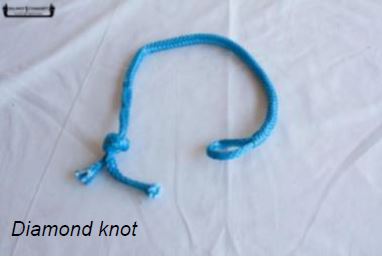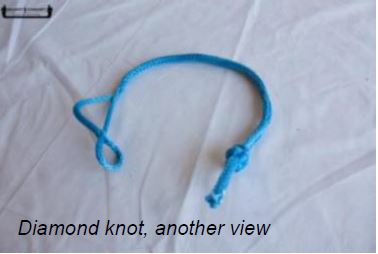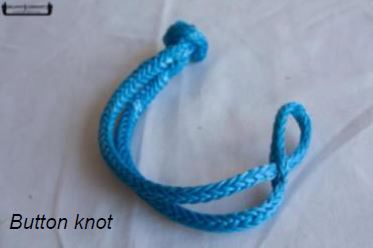Soft Shackles – Some General Information
Many of you would know that “super rope/super lines” have been around for some time now. The general manufacturing process involves creating and then weaving many fine strands of synthetic fibers into strands, then into rope.
As I fish, occasionally, I encountered these fibers, used in fishing line some 25 years ago now. The advantages soon had me sold. Very fine diameter for incredible strength and no stretch, therefore increased sensitivity, and have been using them ever since.
While it has taken longer they have now worked their way into our 4WD world, and brought the advantage of strength and diameter with them. They have also permeated other recreations/fields such as rock climbing.
These ropes/lines, being light easy to handle and having none or very little stretch, have replaced the awful steel cables we used to use. But they do have some disadvantages.
While super lines are affected by UV and deterioration needs to be monitored, I have fishing lines that I use every trip which still seem fine after 20 years, with no observable weakening when used or knotted.
One of the other disadvantages is these fibers do not like heat or sharp edges. Heat may be developed when using super lines if the knots are not good. The knots can/may slip creating instant heat which can lead to weakening and breakage of the line.
Another way that heat and damage is caused is by tying or moving super lines through to tight a diameter (sharp corners) either in the knots or on the ancillary equipment used. Such items as fairleads and wheel radius on snatch blocks, can have nasty edges and therefore need to be checked regularly. More on the snatch blocks later.
With the above said, we are now seeing soft shackles made of these super lines. Great they are light, soft, easy to attach and if something goes wrong, are less likely to be a flying missile.
Looking online I was surprised to see such a huge variation in both ratings and cost of these soft shackles. Further looking led me to find info on their general construction and therefore the differences in the ratings and costs. Below I have provided a link to one of many sites which may help you understand soft shackles a bit more.
https://www.balancecommunity.com/blogs/slack-science/a-comparison-of-soft-shackle-methods
The information above and that which follows is by no means inclusive; I followed the path simply because I like knots and thought it may help others.
It seems the strength of soft shackles is based mainly on the rope diameter and the method of construction, especially the knot.
There seems to be 4 main knots used, with the easiest to tie knots giving the most consistent breaking strains but not (no pun intended) the strongest results in breaking strain. The more complex knots give higher breaking strains but unless ties with great care can give wide variations in performance.
After peering at the offerings online, it is the above that appears to explain the variation in cost and ratings. That does not however mean that the most expensive is necessarily the best. The construction is what counts, and the care taken in that construction.
To prove this to myself I spent several hours tying the various knots first in ordinary rope and then in some winch rope. This proved both frustrating and enlightening at the same time. I then produced several shackles which I gave basic testing to, carefully. My son helped me do this on a visit to us down the Peninsula earlier this year. So my shackles worked ok and survived recovering a bogged BT50. In a pinch, it means that I would be confident in producing a shackle for use, although not the quickest option.
https://www.animatedknots.com/soft-shackle – The link here gives an easy to follow example of how to tie your own.
What does this all mean to us? If buying a shackle ensure you get one rated to your expected usage and buy from a reputable manufacturer.




The second item is the new range of solid/stationary snatch blocks available. These are made of a solid piece of aluminum which is then anodized to provide a protective coating. Great idea, however, after looking at them, I would be wary. Some for sale have quite a small diameter when compared to the current snatch blocks many of us have. A larger diameter dissipates the strain over larger length and area of the rope (better). As with all snatch blocks some grit/stones may at some point get into the rope while in use. On a static pulley the grit may damage the rope or the pulley surface. More checking of the items will help I guess.
Mark and Viv W